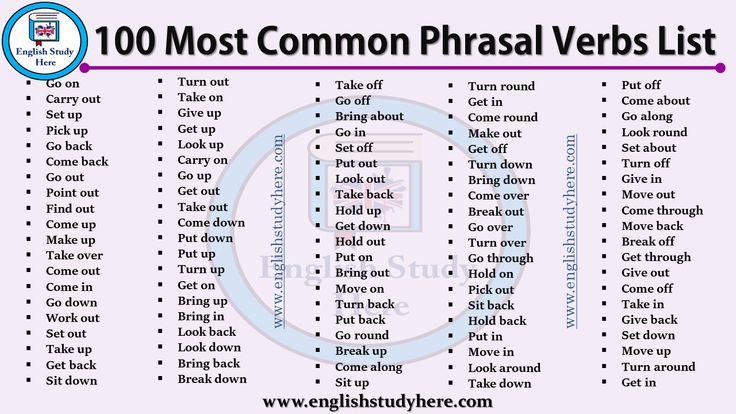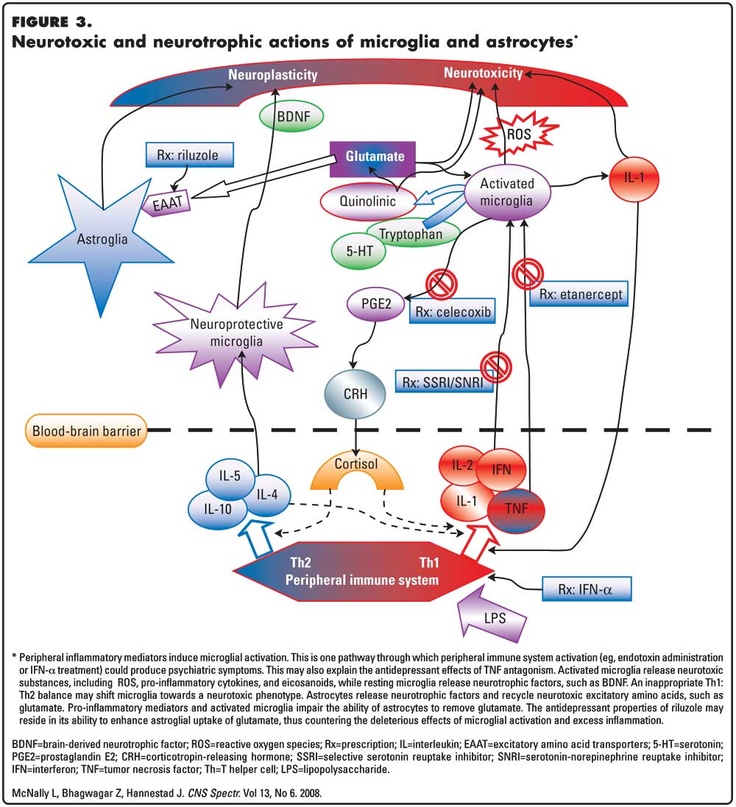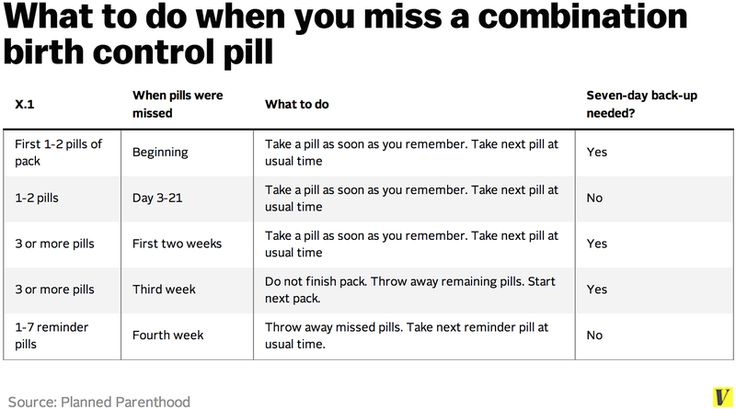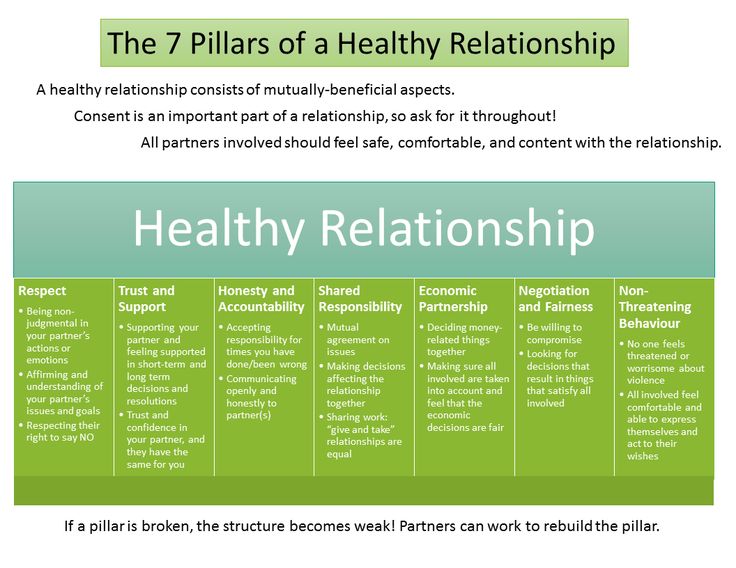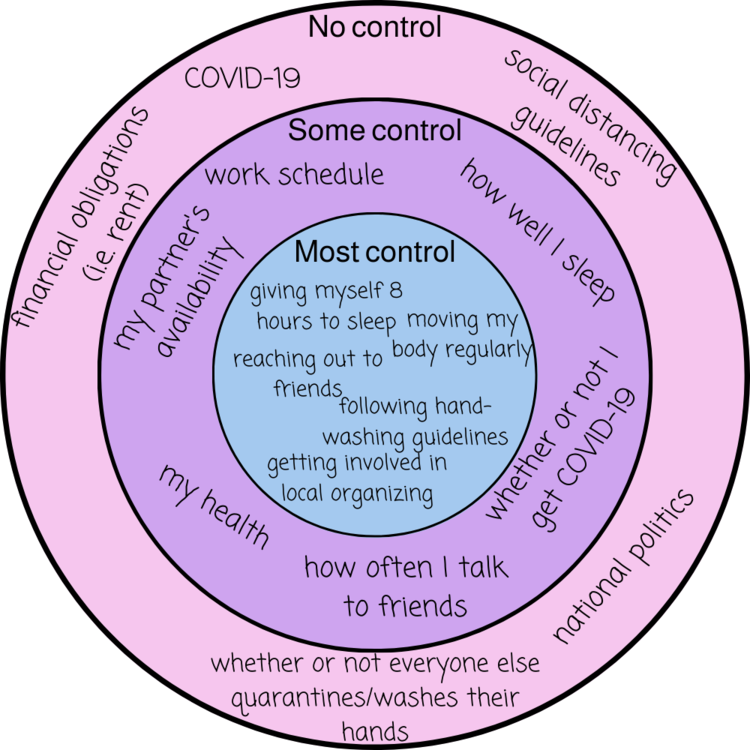Instrument personality types
Choosing an instrument based on your personality
Posted on | by Julie Tiemann
Written by Metro Music Makers instructor Aria Taboada
So, you are interested in taking some music lessons. How exciting to be learning something new that you can show off to the world! Have you decided what instrument you would like to learn? If not, it can be a little bit daunting with all the options that are available. There is definitely an instrument that will fit your personality and tastes, but how will you find out which one? There are four basic groups of instrument in a band or orchestra. Here is a breakdown of all of them, their roles, and what personality they fit best with.
1. Brass
The most popular brass instruments include trumpet, French horn, trombone and tuba. All of these instruments can be found in both orchestras and bands. Brass players have the opportunity to be louder and add a lot of strength to the sound of the orchestra or band. In an orchestra setting, brass players play very little, but make a strong statement when they do play. In a band setting, they are the main attraction. Brass players are often known for being goofy in a social setting, but very serious and focused when working. If that describes you, brass might be your pick!
2. Winds
Woodwinds can also be found in both orchestra and band settings. These instruments include but are not limited to clarinet, sax, oboe, flute and bassoon. Most wind instruments have a reed, with the exception of flute. Wind instruments have more of a smooth, mellow sound that adds a rich note to a band or orchestra. Wind players are often known for their lively senses of humor and more eccentric personalities. If you have a fun, laidback personality and enjoy socializing, you might do very well with winds!
3. Strings
Strings are found only in orchestras and not bands. The most popular stringed instruments are violin, viola, cello and bass.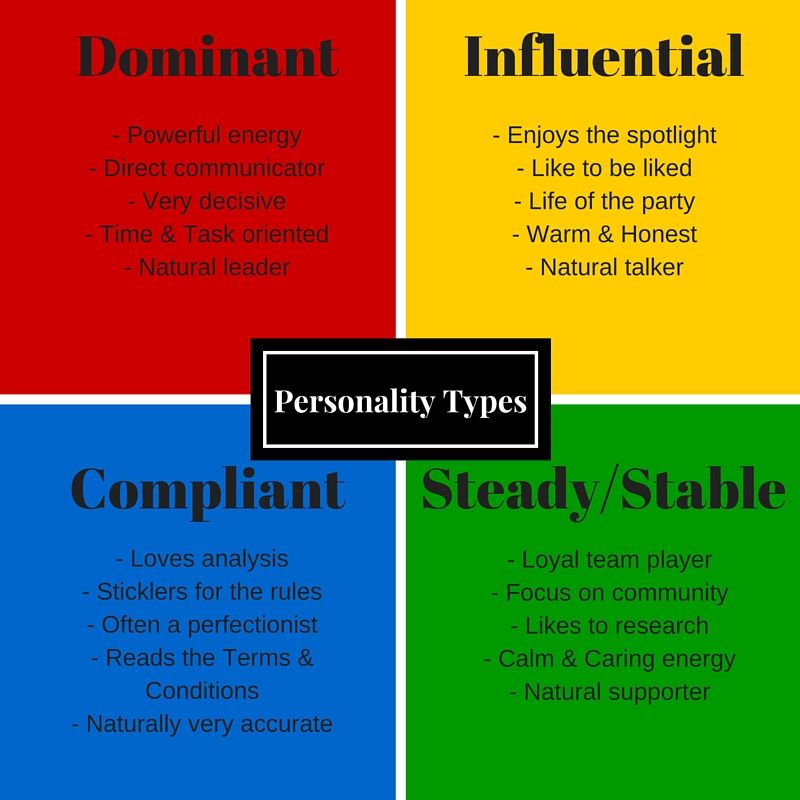 Strings have a smooth, sweet sound, and often carry the melodies. If you play a stringed instrument, you will most likely not have much time to rest during a piece. String playing requires a very high level of precision. String players are often described as being a little more self-conscious, if not reserved. However, they are often the wittiest ones in the orchestras, with a darker sense of humor. If you enjoy quiet “inside jokes,” but are also very serious and focused, you might be a string player!
Strings have a smooth, sweet sound, and often carry the melodies. If you play a stringed instrument, you will most likely not have much time to rest during a piece. String playing requires a very high level of precision. String players are often described as being a little more self-conscious, if not reserved. However, they are often the wittiest ones in the orchestras, with a darker sense of humor. If you enjoy quiet “inside jokes,” but are also very serious and focused, you might be a string player!
4. Percussion
Percussion covers so many instruments, but the main ones in an orchestra or band are timpani, cymbal, triangle, snare drum, bass drum, xylophone and piano. If you are a percussionist, you will not be limited to one instrument. Usually there are only a few percussionists in a band or orchestra, and they take on many responsibilities. Percussionists need to be very attentive and able to multitask. Percussion instruments are on the louder side, but surprisingly, percussionists are often known as the more strong and silent type.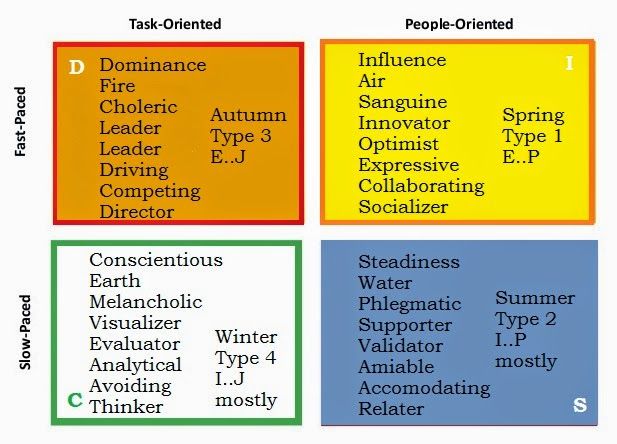 They tend to be the most reliable, and although shy, are personable and cool. If this describes you, percussion might be your thing!
They tend to be the most reliable, and although shy, are personable and cool. If this describes you, percussion might be your thing!
Although these are fun (and, obviously, subjective) observations of different instrument personality types, it is up to you to choose what you personally want to play. There is no rule to choosing an instrument. You are your own unique person with your unique tastes. If you are on the fence, perhaps this blog will help you choose, but the most important thing is that you enjoy the instrument you pick, and that playing it enriches your life. Happy music-making!
Posted in Music LessonsWhat Instrument Should Your Child Play, Based on Their Personality
Photo by Jeff Moore / CC-BY-NC-ND
As parents, most of us want our children to learn how to play a musical instrument. There’s an abundance of research that shows how valuable being involved in music can be for a child. But how do we help our children pick the right instrument? Pick it for them? Let them pick?
We’ve found some great suggestions from expert musicians on what instrument a child should play based on their personality and physical characteristics.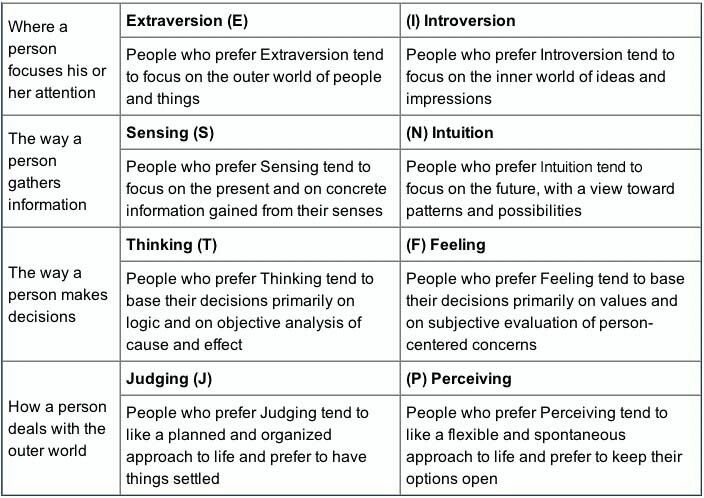 We hope these tips will help you and your child decide what instrument best suits them.
We hope these tips will help you and your child decide what instrument best suits them.
Experts agree that the piano is a great starting instrument, providing a solid musical foundation. But if your child is extroverted and loves being around people, the piano may not appeal to them as it takes years of practice before they can play with others. Generally, piano players are quiet, intelligent, inquisitive and analytical. It also helps if they have larger hands, longer fingers and great dexterity.
Photo by Dana / CC-BY-ND
PercussionIf your child tends to be a little restless, playing percussion could be the perfect fit for their nervous energy. This includes the drums, cymbals, maracas, wood-block, drum kit, xylophone and timpani.
TromboneThe trombone tends to be played by artistic, quietly sociable and sensitive children. It is an even more fun instrument to play if your child likes jazz music.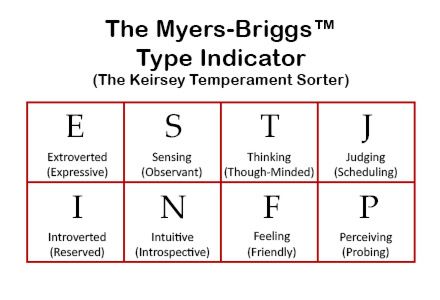
The bassoon is said to fall into the hands of responsive, outgoing children, with a quiet sense of humor. You should also keep in mind that when assembled the bassoon is almost six-feet tall - maybe not the easiest option for a small child.
TrumpetThe trumpet is widely known for drawing in more extroverted children. They can be bold, brash, have nervous energy and even tend to be dominant and ambitious. This is due to the nature of the trumpet, which is usually a lead instrument playing a higher melody. Other experts say that children with good hand-eye coordination will do well with the trumpet, adding that most trumpet players are also good at video games.
OboeAccording to some experts, above average intelligence is important in playing the very intricate oboe. Others say the oboe is ideal for determined, tight-lipped, stubborn introverts.
SaxophoneWhile some music experts say the saxophone is better suited for extroverts, most agree that the saxophone is great for developing a personal style and for improvisation. If your child tends to personalize and make the music his/her own, the saxophone might be the right instrument for them.
If your child tends to personalize and make the music his/her own, the saxophone might be the right instrument for them.
The violin is a great beginner instrument as it is offered in a variety of sizes. It is also good to start young as developing the type of flexibility needed to play can be awkward for someone who is older. Although it is a great starter instrument, keep in mind that experts say quietly behaved children who are happy to be a part of a whole, not needing to stand out and be heard, generally excel with a violin.
Photo by eddie welker / CC-BY
ClarinetIf your child is bright, alert and sociable, suggest the clarinet. Experts also say clarinetists like working in groups and are born leaders.
FluteExperts are a bit divided when it comes to the personality type best suited for playing the flute. Some say that shy, lonely children who like privacy would enjoy playing the flute. While others say they tend to look for the talkative, smiley child who wants to be the center of attention. When considering physical characteristics for the flute, one expert mentioned looking for someone who used to be a swimmer and can take in a lot of air.
While others say they tend to look for the talkative, smiley child who wants to be the center of attention. When considering physical characteristics for the flute, one expert mentioned looking for someone who used to be a swimmer and can take in a lot of air.
Although we hope you will use these tips to help your child find the perfect instrument, remember that it is important for your child to be involved in choosing, as well. If your child already has an instrument they enjoy playing, don’t feel like you have to force them into playing one that fits their personality more. The important thing is that they are playing an instrument and enjoying it. If your child seems confused and doesn’t know which instrument to play, these tips would be great to steer them in the right direction! Also, check out this quiz to see what instrument might best fit their personality type: What musical instrument best fits your personality?
Did you help your child choose the instrument they play now? What was the decision process like? Share your experience in the comment section below.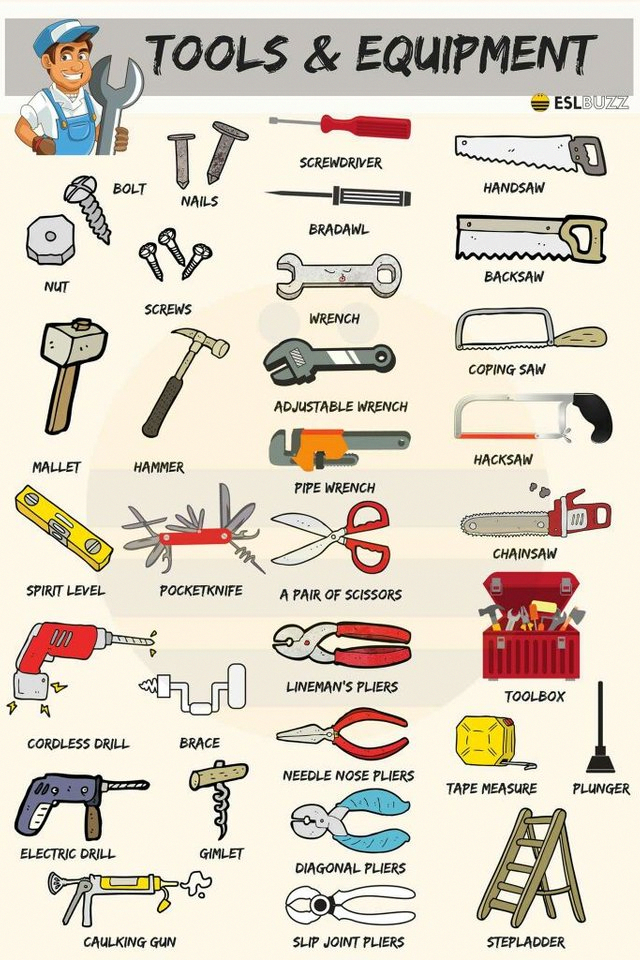
what every HR needs to know about engagement
“Your motivation does not motivate us to work” – in order not to hear this from their employees one day, the employer must be able to use motivational tools. It is important to understand the nature of motivation, which explains the individual approach. After all, what motivates an accountant can demotivate a marketer.
Why is this happening? Motivation is closely related to the desires and needs of a person - and they are different for everyone. Therefore, Margarita Vitalievna from the financial department, having completed the one hundred and fifth training, will work with tripled strength, and Galina Viktorovna from the marketing department, after the first advanced training, will drop out of the work process for a couple of weeks. But as soon as Galina Viktorovna promises an increase in the bonus, she will successfully close a long-running project alone in a couple of days. nine0005
Why? Because Galina Viktorovna belongs to instrumentals, and Margarita Vitalievna belongs to professionals.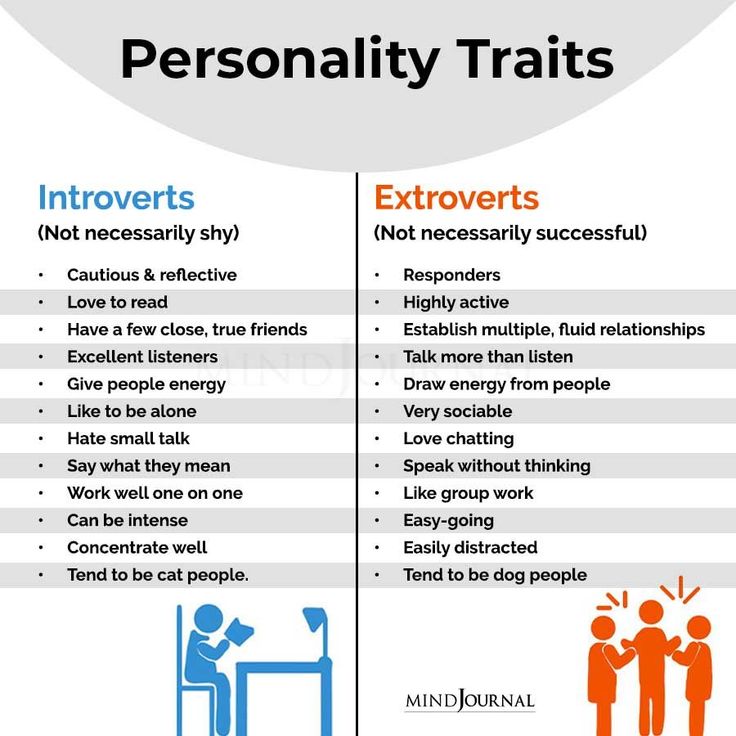
Do you want to know who the instrumentalists and professionals are? And then there are business executives, lumpins and patriots. Read in the new Yva.ai material about what types of motivation are, how to identify them and what to do with them to increase staff engagement.
The nature of motivation
Today, motivation is studied as a complex phenomenon that depends on material rewards and on a combination of individual factors for an employee.
Even Abraham Maslow, the creator of the famous pyramid of needs, suggested that the motivational factors of people are their desires. If a person has enough money to meet the basic needs of security, nutrition and sleep, money ceases to play a leading role in motivation to do a good job. nine0005
Needs for socialization, creativity, self-realization come to the fore. To motivate an employee to work better, you need to understand his current needs.
However, in Maslow's words: “The specific form these needs take will, of course, vary greatly from person to person. In one individual it may take the form of a desire to be an ideal mother, in another it may be expressed athletically, and in a third it may be expressed in painting or inventing.0004 1 .
In 1959, another theory of motivation was developed by Frederik Herzberg. The scientist suggested that there are two factors - motivating and hygienic . Through them, the employer can manage the motivation of employees.
To hygiene factors Herzberg includes security, company policy, wages, working conditions, relationships with the boss, colleagues and subordinates, personal life of the employee, status, degree of direct control. nine0005
Under motivational factors the scientist understands the work itself: career growth, achievements, responsibility, personal growth, recognition.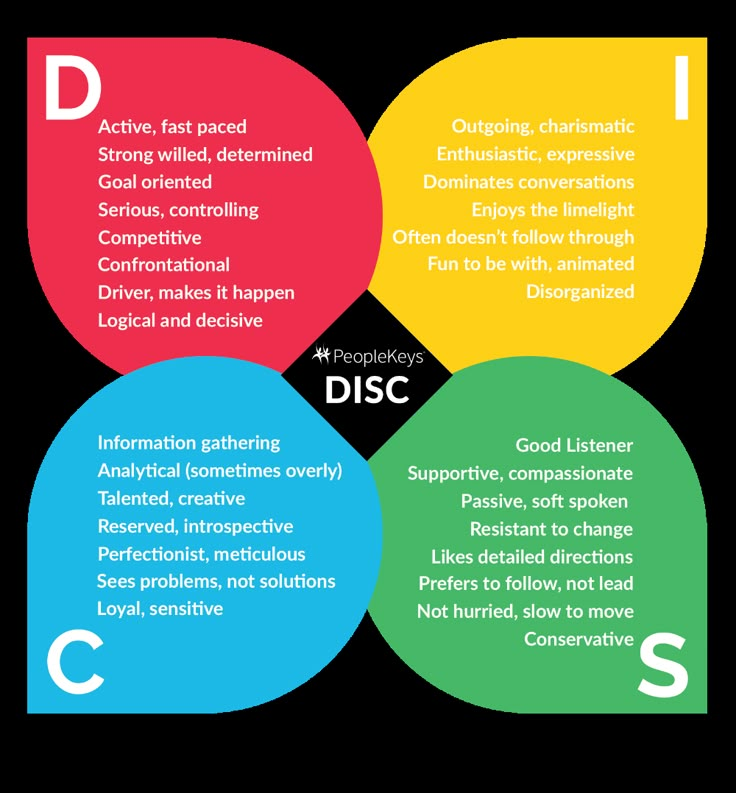
He suggested that employee motivation and job satisfaction depend on the level of these factors. There are four combinations of hygiene and motivation factors.
High hygiene and high motivation – employees are highly motivated and happy with everything.
High hygiene and low motivation - employees have low motivation to work, but they have practically no complaints.
Low hygiene and high motivation - employees are highly motivated to work and have many complaints.
Low hygiene and low motivation - the worst possible situation - employees have low motivation and high job dissatisfaction 2 .
Herzberg believed that if an organization adapted to these factors, it could successfully influence the level of motivation of each employee.
David McClelland's theory of motivation is popular. Conventionally, he divides the needs of people into two groups - congenital e and acquired .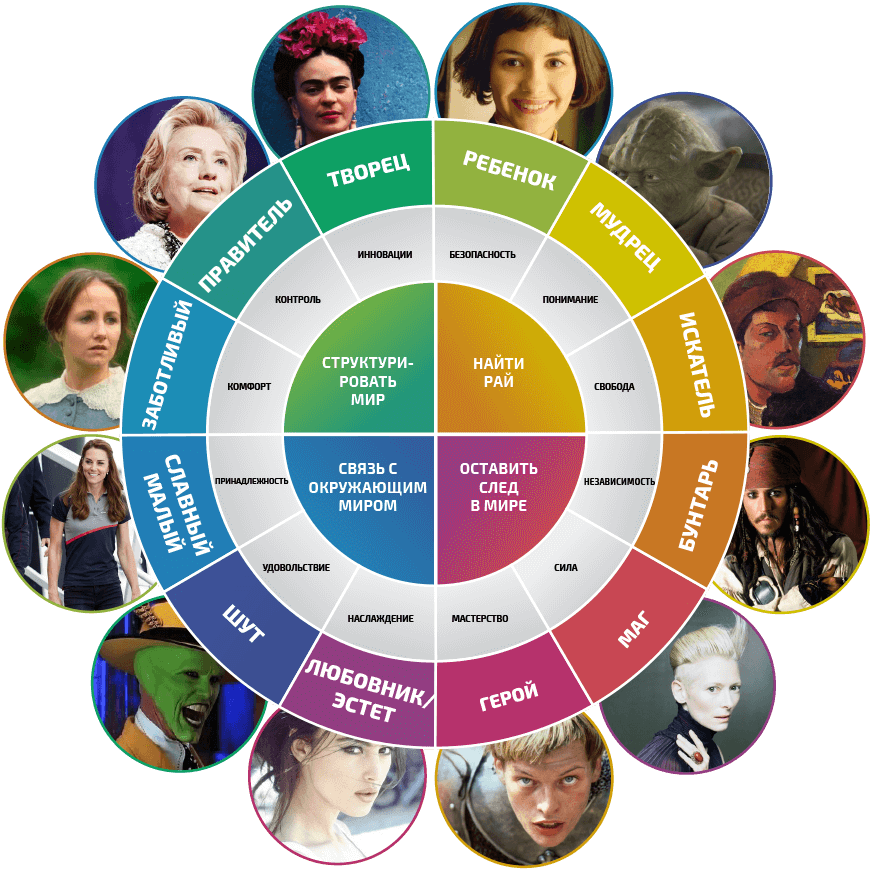
Among the first he refers to the conditions necessary for life - clean water, proper sleep, balanced nutrition, breathing, etc.
The second one is the desires of the soul. These needs change over time. If you dreamed about Lego as a child, then other desires appear with age, for example: self-realization, success, fame, a big house, an expensive car, etc.
power - for the sake of power or result,
McClelland offers to use this knowledge to increase the motivation of employees through the satisfaction of acquired needs 3 .
But if motivation is really so multifaceted and requires an individual approach, how to motivate employees of a company where the number of employees does not allow the manager and HR to know everyone by sight? And if the work is carried out remotely, how to evaluate and increase the involvement of remote employees? nine0005
Categorization of employees by type of motivation helps with this.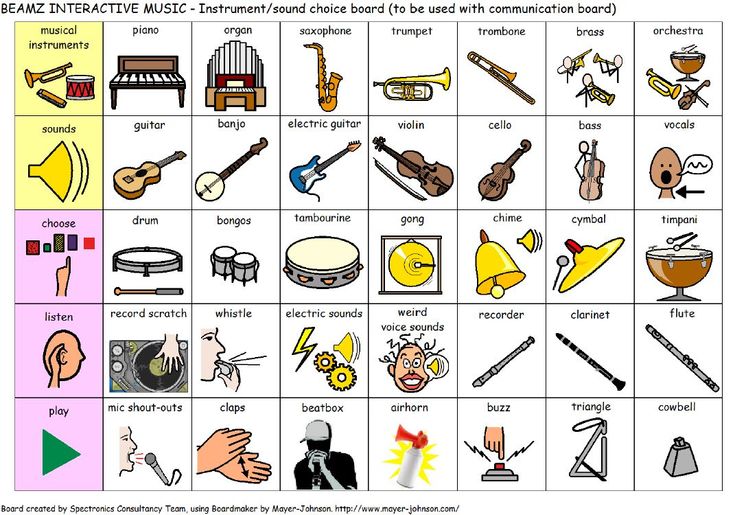 It organizes employees into groups and works with each of the common methods and tools of motivation.
It organizes employees into groups and works with each of the common methods and tools of motivation.
5 types of employee motivation according to Gerchikov
Russian sociologist Vladimir Gerchikov developed a system that divides people into 5 types of motivation . The article was published in 2005 in the journal "Motivation and pay" 4 .
In it, the author claims that each type of motivation is inherent in any employee, and one or two prevail. It is noteworthy that 4 motivational types of employees want to succeed in their careers (albeit in different ways), and the fifth one avoids responsibility, fearing criticism and public censure. What are these types? And how to stimulate employees with different types of motivation?
Tool type
For employees with a predominantly instrumental type of motivation, a career is not a value in itself.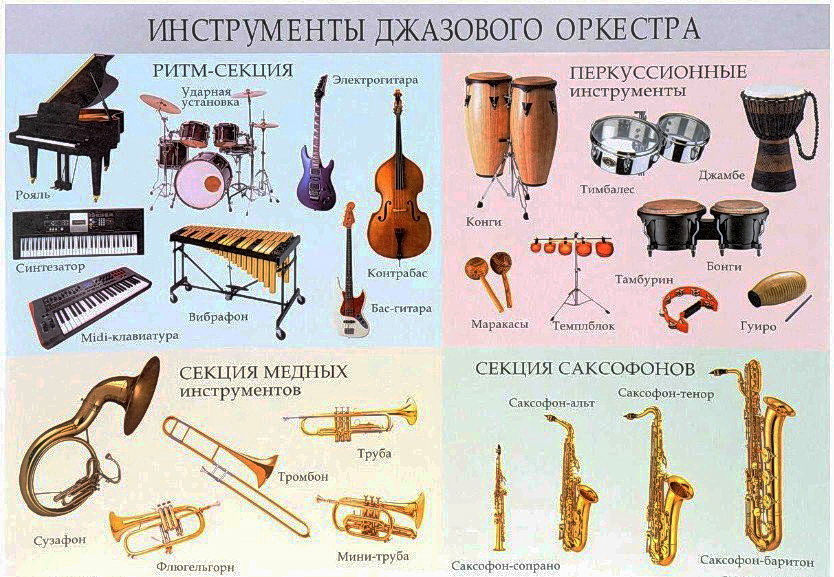 As a rule, they consider work as a source of income.
As a rule, they consider work as a source of income.
It is important for tool workers to receive a fair reward for their efforts, and it is quite easy to motivate them, because the quality work of such employees has a completely understandable price tag.
If we talk about wages of an instrumental type, then the ideal option would be piecework wages with a large variable part, depending on the results of work. nine0005
Patriot type
The Patriot type employee wants to be recognized for his services to the company. It is important for him to be valued and respected at work, while he is ready to take care of other team members. Having such aspirations, he is not aimed at professional growth.
It is important for a Patriot to be involved in a common cause. He wants to participate in major international projects. He is one of those who "drown" for the idea. Patriot is not afraid of overwork.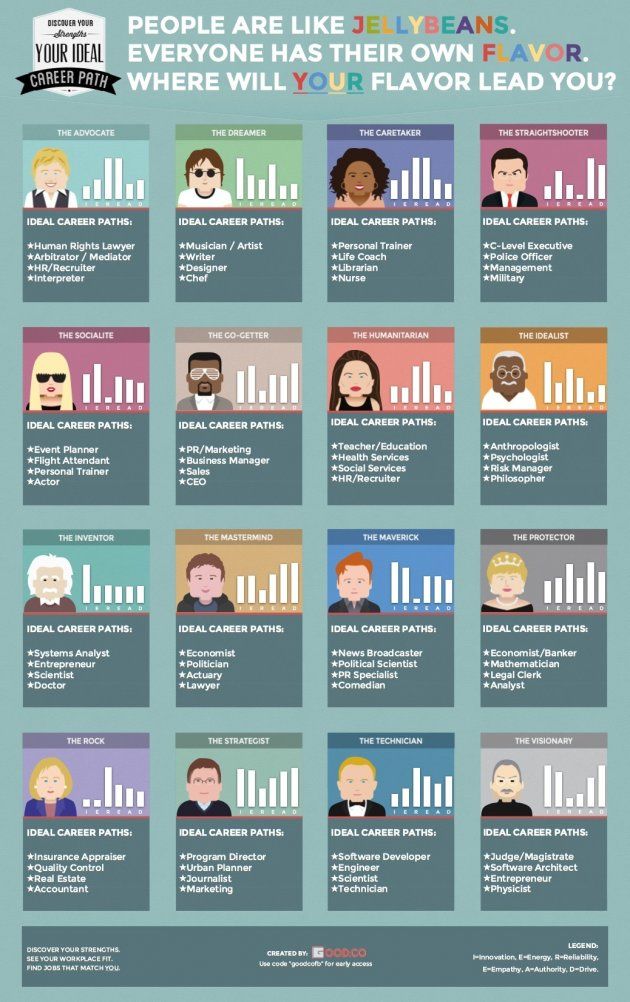 For the sake of a great cause, he is ready to take on additional responsibilities. nine0005
For the sake of a great cause, he is ready to take on additional responsibilities. nine0005
The patriotic type motivates a sense of self-importance. At the same time, he really needs the support of the leadership. The salary of such an employee should be proportional to his contribution to the common cause 5 .
Professional type
This type of employee seeks professional growth and career development. It is important for him to be recognized in the profession. He is not afraid of responsibility. This is not the kind of person who will work for money, he should like the work. nine0005
A professional works for a cause, he has little interest in power. It is important for him to prove himself, to prove to himself and others that he can cope with a difficult, large-scale or non-standard task, which not everyone can do.
Such employees constantly improve their skills, undergo various trainings and vocational training.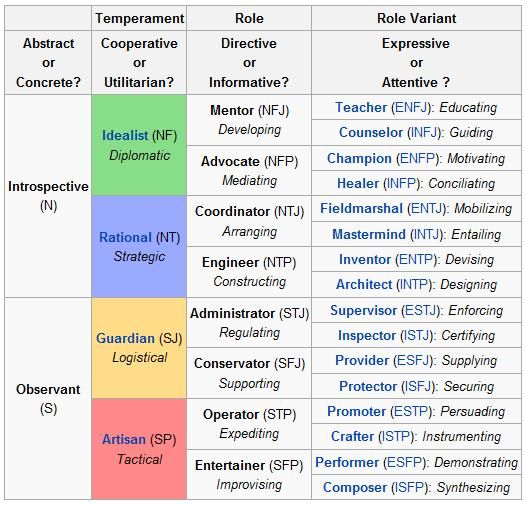 They value the opportunity to learn new things and apply knowledge in their work.
They value the opportunity to learn new things and apply knowledge in their work.
A suitable wage for such an employee is one that takes into account differences in the skill level of workers. nine0005
Master type
The master type worker values high responsibility and independence in work. He has little interest in work or wages. The business executive is ready to work with maximum efficiency, as long as he is given complete freedom of action.
Such people do not tolerate management control well and do not need guidance. They themselves know how and what to do. Business owners are almost impossible to manage. nine0005
Remuneration for work of the master's type of motivation of employees must correspond to the results of the work done.
Lumpenized type or, as they like to call it "avoidant", is not configured to work in principle.
People of this type are difficult to interest. They don't have the drive to make more money like the instrumental type. For lumpen, it does not matter what they have to do at work, as, for example, for professionals. They have neither the need for the complicity of patriots, nor a high sense of responsibility and love for the freedom of business executives. nine0005
What is there? There is a desire to "evade" duties, provided that they are not punished, irresponsibility and a low level of motivation to work.
Lumpens do not like any kind of activity and have a negative attitude towards their manifestation in other employees. They hate to learn, so among them you will not find experts or people with a good education. But they can safely be entrusted with work that employees of other motivational types will not agree to.
They prefer a stable salary and bonuses based on performance.
For each type of motivation there are prohibited and actual methods of stimulation:

Following such a system helps to avoid mistakes when developing motivation.
Motivational types of employees: how to determine?
It is desirable to determine the type of employee motivation at the stage of hiring. There are several working methods that will tell you what motivational aspirations are inherent in a particular person. It's interview and testing.
The first method is usually used at the recruitment stage. The second is preferred in determining the motivation of already working employees.
By the way, both methods can be used when working with remote candidates and employees.
You can develop your own interview questions or ask a motivational expert.
Interview with HR takes from 30 minutes to 2 hours, depending on the position of the candidate.
Prepare for active listening. Don't bother with questions.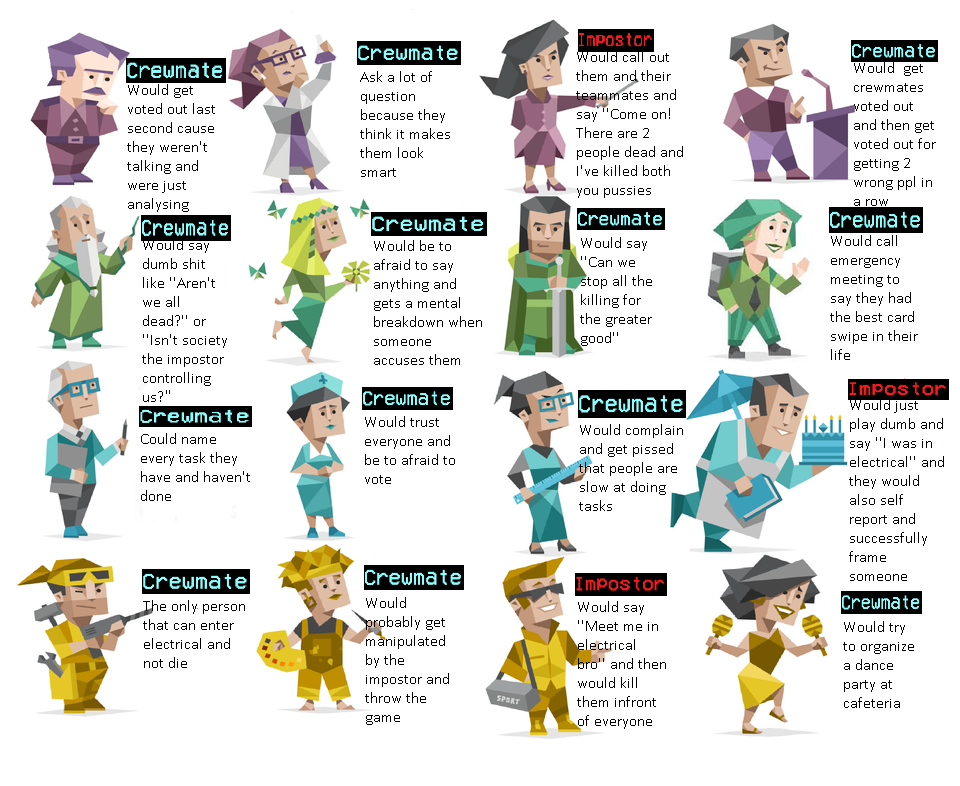 Give the candidate the opportunity to calmly talk about his strengths and weaknesses, analyze the reasons for his successes and failures - experienced recruiters advise.
Give the candidate the opportunity to calmly talk about his strengths and weaknesses, analyze the reasons for his successes and failures - experienced recruiters advise.
Olesya Baturko, Deputy HR Director of the GUTA Group, uses an integrated approach in her work, consisting of motivational cases, projective, open and uncomfortable questions. nine0005
“Most applicants tell a prearranged story. But I ask you to elaborate on some points that seemed interesting, I ask more specific questions. Thanks to this, the true motives of the candidate's behavior become clear. This allows us to see not only whether a candidate is suitable for us or not, but also how to manage him” , says Olesya Baturko.
To determine the type of employee motivation, you can apply technique motivational interview. In the process of discussion, it affects the candidate's environment, behavior, talents and beliefs, as well as personal values and mission.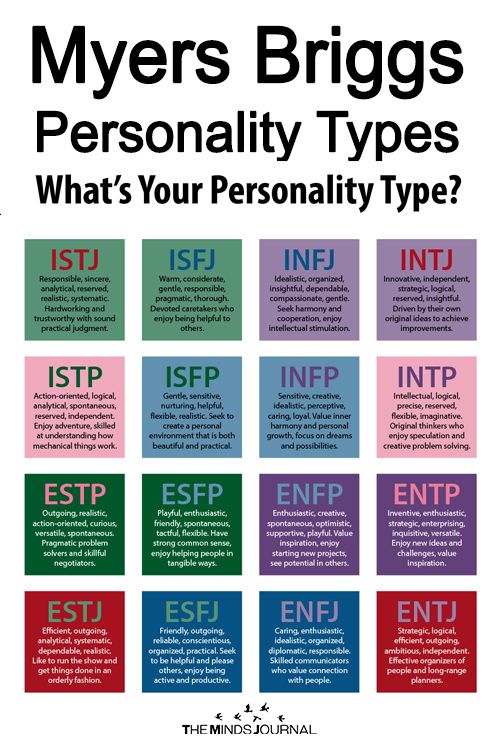
Motivational interview consists of 6 stages. The first two are exploratory in nature. In the third and fourth stages, you help the candidate open up by building his confidence. Fifth and sixth - show the degree and nature of the candidate's motivation.
Tests to determine the type of employee motivation are questionnaires in virtual or paper form. With their help, HR-s determine the key needs and incentives of employees.
There are various tests to determine the motivation of employees.
The most famous among them:
- psychotype test Moytype V. Gerchikova ,
- questionnaires T. Ehlers motivation for success and avoidance of failure,
- questionnaire A. Rean to assess the motivation for success and fear of failure,
- test by S. Ritchie and P. Martin for assessing the motivational profile,
- test " What drives you " D.
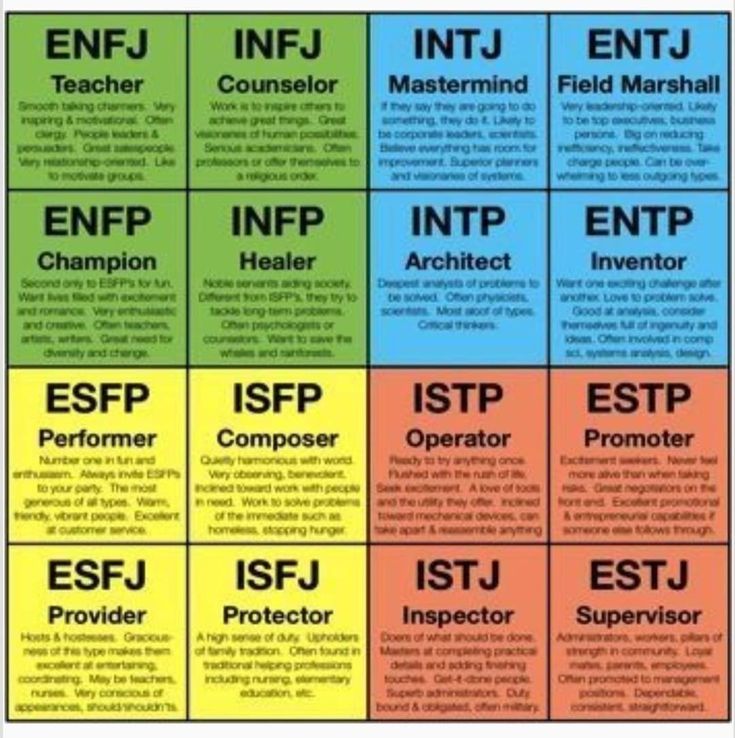 McClelland.
McClelland.
Gerchikov's Motype test is based on his theory of motivation, where he divides people according to their psychotype into professionals, lumpen, business executives, instrumentals and patriots. The test consists of 18 questions and statements. This allows you to determine the type of motivation to which the subject is prone. The test helps to retain and motivate high-demand employees. nine0005
The Ehlers Questionnaire shows the level of motivation for success.
The German scientist Theodor Ehlers believed that people who have every chance of success are distinguished by a low and medium level of risk appetite. He explained this by the fact that with a strong motivation for success, the hopes for it are very small. Therefore, a person works more and relies on his own strength than takes risks, sometimes making rash decisions.
The Ehlers questionnaire includes 41 statements that the subject must confirm or refute.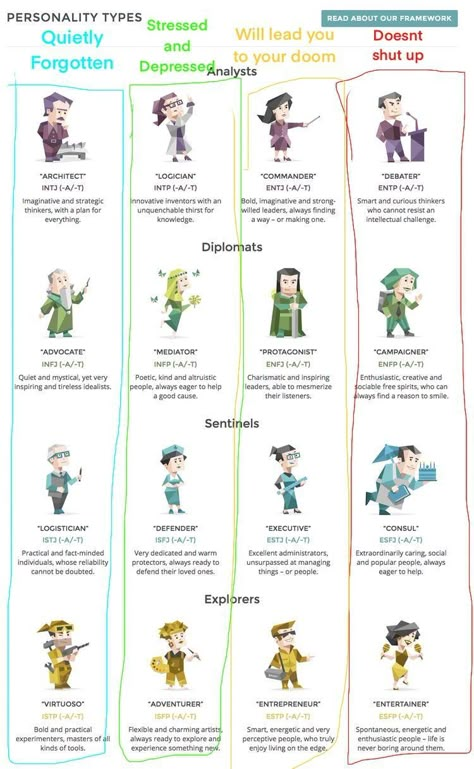 This test is usually paired with another Esler test of failure avoidance. The results of both tests are then compared and the person's ability to achieve success is assessed. nine0005
This test is usually paired with another Esler test of failure avoidance. The results of both tests are then compared and the person's ability to achieve success is assessed. nine0005
Doctor of Pedagogy Arthur Rean divided motivation into positive, pushing to achieve success, and negative, which encourages a person to concentrate on avoiding failure.
Those who seek to avoid failure are characterized by low self-esteem, increased anxiety, may panic, and achieve goals more difficult. As a rule, they are very responsible approach to work. Success-minded people, on the contrary, are active, self-confident, not afraid to take the initiative and achieve high results more easily. nine0005
The Rean Questionnaire consists of 20 statements. The respondent must answer "yes" or "no". The test result allows you to draw conclusions about a person's predisposition to positive or negative motivation.
British HR experts Sheila Ritchie and Peter Martin focused on meeting the needs of a person in the process of work, finding in this relationship with motivation to work.
They compiled a motivational profile of an employee, highlighting 12 needs: high salary, good working conditions, social contacts, creativity, structuring work, stable relationships, recognition, the desire to set and achieve challenging goals, influence, diversity, self-improvement, social service Job. nine0005
Based on these needs, they developed a C. Ritchie and P. Martin questionnaire, consisting of 33 questions. This questionnaire is often used by HR to create an employee's motivational profile when selecting candidates and forming work teams.
Test "What drives you" is based on D. McClelland's theory of motivation, which describes a person's need for success, power and belonging.
The questionnaire consists of 15 statements that need to be assessed on a 5-point scale from “strongly agree” to “disagree”. The test helps to determine the subject's leading motivating needs. nine0005
Having the necessary tools - tests, questionnaires, interviews, it is easy to determine the type of employee motivation.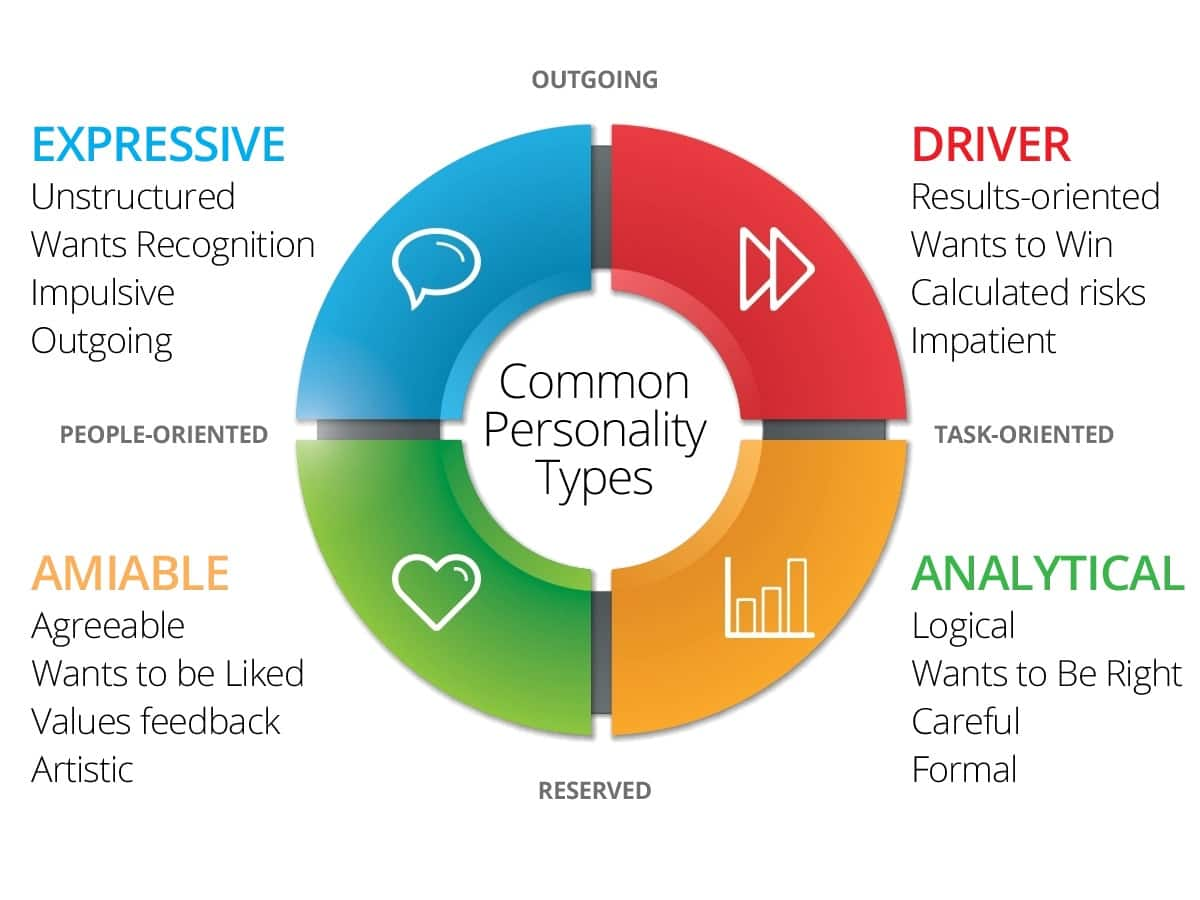 Knowledge of motivational types will help set the vector in working with personnel. And how effective this work will be depends on your ability to apply the information received. Whether you choose monetary incentives or use non-financial methods of motivation - it does not matter, as long as it reflects the individual needs of your employees. nine0005
Knowledge of motivational types will help set the vector in working with personnel. And how effective this work will be depends on your ability to apply the information received. Whether you choose monetary incentives or use non-financial methods of motivation - it does not matter, as long as it reflects the individual needs of your employees. nine0005
- A theory of human motivation // A. H. Maslow. 1943.
- Employee motivation: Definition, types, importance, and ways to improve it // QuestionPro.
- McClelland's theory of motivation // Motivation of life. 2019.
- Gerchikov VI Typological concept of labor motivation. Part 1 // V. I. Gerchikov // Motivation and remuneration. 2005.
- Typological model of motivation by VIGerchikov // Delphi project.
- Classification of motivational types of employees (according to V.I. Gerchikov) // b17.ru. nine0128
- Will a candidate for top managers be able to work effectively? To determine, conduct a motivational interview // HR Director.
 2015.
2015. - Employee motivation tests // HR Director. 2019.
- T. Ehlers Motivation for success – a technique for diagnosing motivation for success // Life with meaning. 2016.
- Methodology: motivation for success and fear of failure // A. A. Rean.
- Motivation management // YUPITI-DANA. S. Ritchie, P. Martin. 2009
- Diagnostics of motivators of socio-psychological activity of a person // GURUTESTOV.ru
Typological model of motivation by V.I. language.
One of the founders of the domestic industrial sociology and the national scientific and practical school of personnel management.
Main developments: typological model of labor motivation and the Motype test, methods for measuring sociological scales of quantitative characteristics, including wages, typology of missions of Russian companies, etc. nine0005
Biography
The typological model (Fig. 1) is based on the intersection of two axes - motivation and work behavior. There is a difference between achievement and avoidance motivation. Achievement motivation refers to the desire to receive certain benefits as a reward for work, and avoidance motivation is the desire to avoid punishment or other negative sanctions for failure to complete tasks, failure to achieve planned results, or unsatisfactory performance of functions. nine0005
There is a difference between achievement and avoidance motivation. Achievement motivation refers to the desire to receive certain benefits as a reward for work, and avoidance motivation is the desire to avoid punishment or other negative sanctions for failure to complete tasks, failure to achieve planned results, or unsatisfactory performance of functions. nine0005
Peculiarities of connection between motivation and work behavior
Quadrant I . The growth of the organizational efficiency of labor activity is proportional to the degree of satisfaction of the employee's motivational expectations and is limited only by "natural" limits (the maximum possible efficiency for given organizational and technological conditions).
Quadrant II . The growth of labor efficiency of an employee with avoidant motivation is fundamentally limited by: 1) the task (normative value), 2) the ability of the manager to prove the employee's guilt in case of failure to complete the task.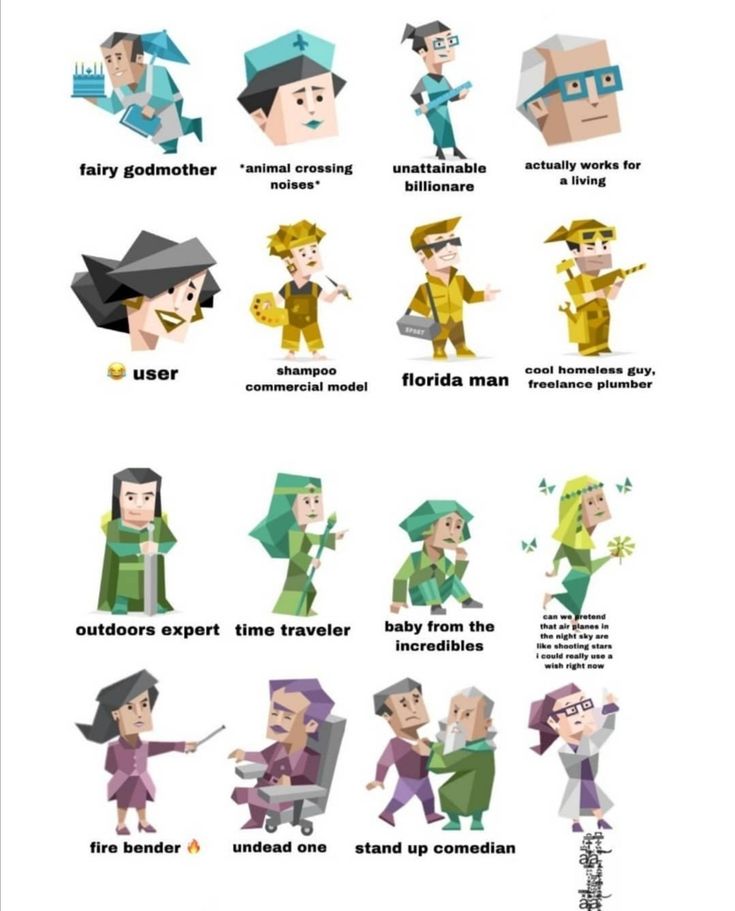 nine0504 Quadrant III . The level of destructive reactions of the employee is usually limited and most often comes down to passive labor behavior and “working according to the rules” (solid line). However, if a strong leader appears in the group who comes into conflict with the management of the organization (and this can only be a dissatisfied worker from the IV quadrant), he is able to captivate employees with an avoidant type of motivation and “ignite” them to extreme forms of destructive behavior, up to to the complete destruction of the organization (dashed line). nine0504 Quadrant IV . If the organizational working conditions and the incentive system run counter to the employee's motivational expectations, there is a high probability of receiving destructive labor behavior from him, and in rather sharp forms. However, it will most likely not come to the destruction of the organization.
nine0504 Quadrant III . The level of destructive reactions of the employee is usually limited and most often comes down to passive labor behavior and “working according to the rules” (solid line). However, if a strong leader appears in the group who comes into conflict with the management of the organization (and this can only be a dissatisfied worker from the IV quadrant), he is able to captivate employees with an avoidant type of motivation and “ignite” them to extreme forms of destructive behavior, up to to the complete destruction of the organization (dashed line). nine0504 Quadrant IV . If the organizational working conditions and the incentive system run counter to the employee's motivational expectations, there is a high probability of receiving destructive labor behavior from him, and in rather sharp forms. However, it will most likely not come to the destruction of the organization.
Types of work motivation
The model identifies four basic types of achievement motivation and one type of avoidance motivation: nine0005
Tool type .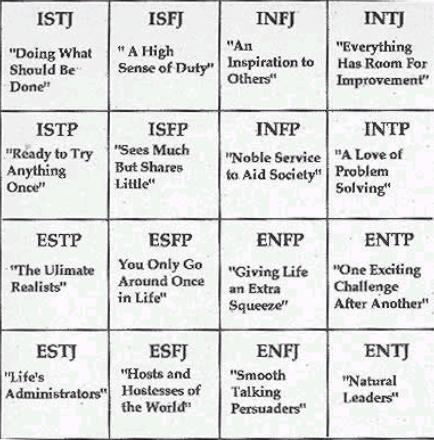 The work itself is not of any significant value for such an employee and is considered only as a source of earnings and other benefits received as a reward for work. But he is not interested in any money, namely earnings; therefore, he will work with maximum efficiency in any job, if his work is fair and highly (in his understanding) paid. Therefore, an employee with an instrumental type of motivation is more likely to react positively, for example, to a proposal to work in worse conditions: for him, this will serve as a basis for demanding an increase in earnings as an additional payment for unfavorable working conditions. nine0005
The work itself is not of any significant value for such an employee and is considered only as a source of earnings and other benefits received as a reward for work. But he is not interested in any money, namely earnings; therefore, he will work with maximum efficiency in any job, if his work is fair and highly (in his understanding) paid. Therefore, an employee with an instrumental type of motivation is more likely to react positively, for example, to a proposal to work in worse conditions: for him, this will serve as a basis for demanding an increase in earnings as an additional payment for unfavorable working conditions. nine0005
Professional type . An employee of this type appreciates in the work its content, the opportunity to prove himself and prove (not only to others, but also to himself) that he can cope with a difficult task that not everyone can do. These workers prefer independence in work and are distinguished by developed professional dignity. The leader is most often treated with a certain amount of irony.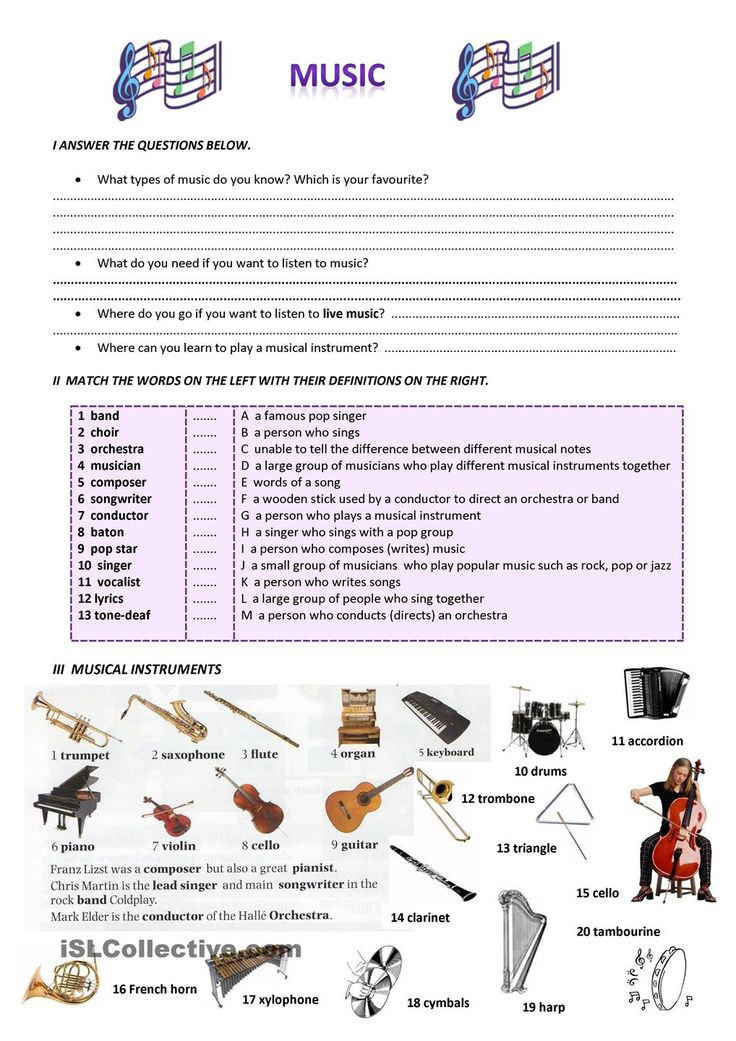 As a rule, an employee with a professional type of motivation quickly enough becomes the best specialist in the company for this type of jobs. nine0005
As a rule, an employee with a professional type of motivation quickly enough becomes the best specialist in the company for this type of jobs. nine0005
Patriot type . Workers of this type are interested in participating in the implementation of a common, very important business for the organization. They are characterized by the conviction that they are needed for the organization, they are distinguished by their willingness to take on additional responsibility for the sake of achieving the results of a common cause. For them, public recognition of participation in common achievements is important.
Master type . It is expressed in the voluntary acceptance by the employee of full responsibility for the work performed. An employee with this type of motivation will perform his work with maximum efficiency, without insisting on its special interest or high pay, without requiring any additional instructions or constant monitoring. An employee with a predominance of master motivation is probably the most efficient in terms of cost-benefit ratio.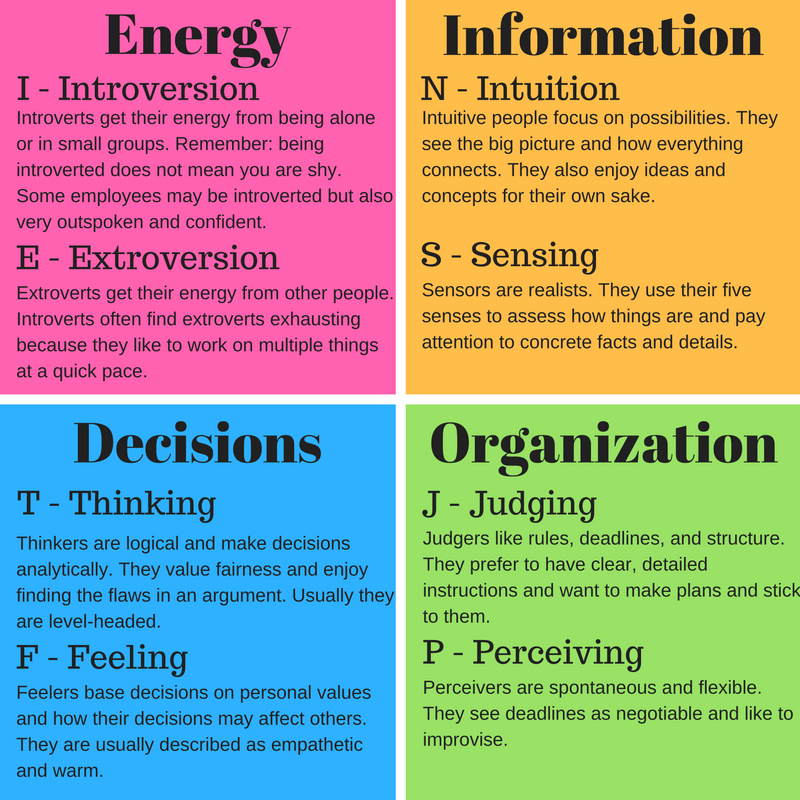 But the owner is very difficult to manage - he is sovereign and not only does not need orders or punishments (typical of our administrative style of management), but also does not tolerate them. This type of motivation is typical primarily for people engaged in entrepreneurial activities. nine0005
But the owner is very difficult to manage - he is sovereign and not only does not need orders or punishments (typical of our administrative style of management), but also does not tolerate them. This type of motivation is typical primarily for people engaged in entrepreneurial activities. nine0005
Avoidance . This type of worker has very little motivation to work effectively. He has low qualifications and does not seek to improve it; he is irresponsible and tries to avoid any work connected with personal responsibility; he himself does not show any activity and has a negative attitude towards the activity of others. His main desire is to minimize his labor efforts at a level acceptable by the immediate supervisor. Due to these qualities, he is not highly valued as a worker, he cannot provide for himself with his work and resigned himself to this. Accordingly, in order to improve his position and well-being, he can only hope for a favorable combination of circumstances and the favor of the leader and a “freebie”.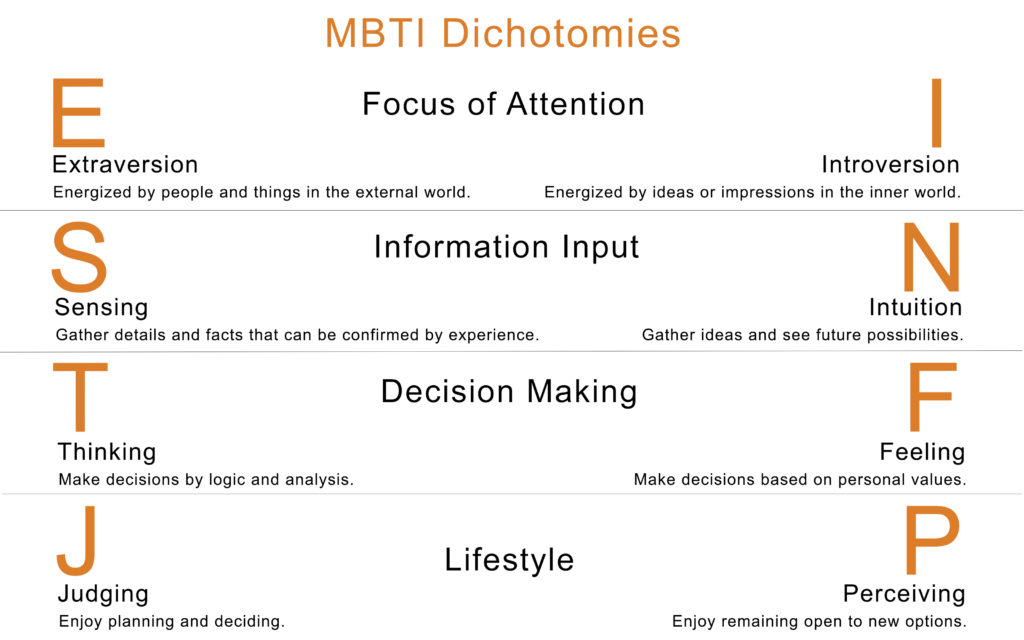 nine0504 On the other hand, he is convenient: he can be entrusted with work that employees of other types of motivation will not agree to; he advocates equalization and agrees to a sufficiently low salary, so long as no one else receives significantly more; he is extremely dependent on the leader and takes this dependence for granted. In addition, an employee with avoidance motivation is the only one in relation to which the administrative style of management can be effective, and therefore justified.
nine0504 On the other hand, he is convenient: he can be entrusted with work that employees of other types of motivation will not agree to; he advocates equalization and agrees to a sufficiently low salary, so long as no one else receives significantly more; he is extremely dependent on the leader and takes this dependence for granted. In addition, an employee with avoidance motivation is the only one in relation to which the administrative style of management can be effective, and therefore justified.
What can be done knowing the peculiarities of staff motivation? nine0535
Stimulation
First of all, as was intended when developing the typological concept, it is possible to reasonably choose the most effective types and forms of labor stimulation for these groups (see Table 1).
Table 1. Incentives for employees with different types of motivation
| Incentives | Types of motivation | ||||
| Tool | Professional | Patriotic | Master's | Avoidance | |
| Negative (punishment, threat of job loss, etc. | applicable in cash | prohibited | are applicable in sign form | prohibited | basic |
| Cash | basic | applicable | neutral | applicable | neutral |
| In-kind (buying or renting a home, providing a car, etc.) | applicable in cash | applicable under target agreement | are applicable in sign form | applicable under target agreement | basic |
| Moral | prohibited | applicable | basic | neutral | neutral |
| Paternalism (concern for the worker) | forbidden | forbidden | applicable | forbidden | basic |
| Organizational (content, conditions and organization of work) | neutral | basic | neutral | applicable | prohibited nine0618 |
| Career, development | applicable | basic | neutral | applicable | prohibited |
| Participation in co-ownership and management nine0618 | neutral | applicable | applicable | basic | prohibited |
Remuneration
Secondly, and this was also assumed when developing the typological model, for various motivational types, the most effective (having the greatest stimulating power) are different forms of wage organization (Table 2).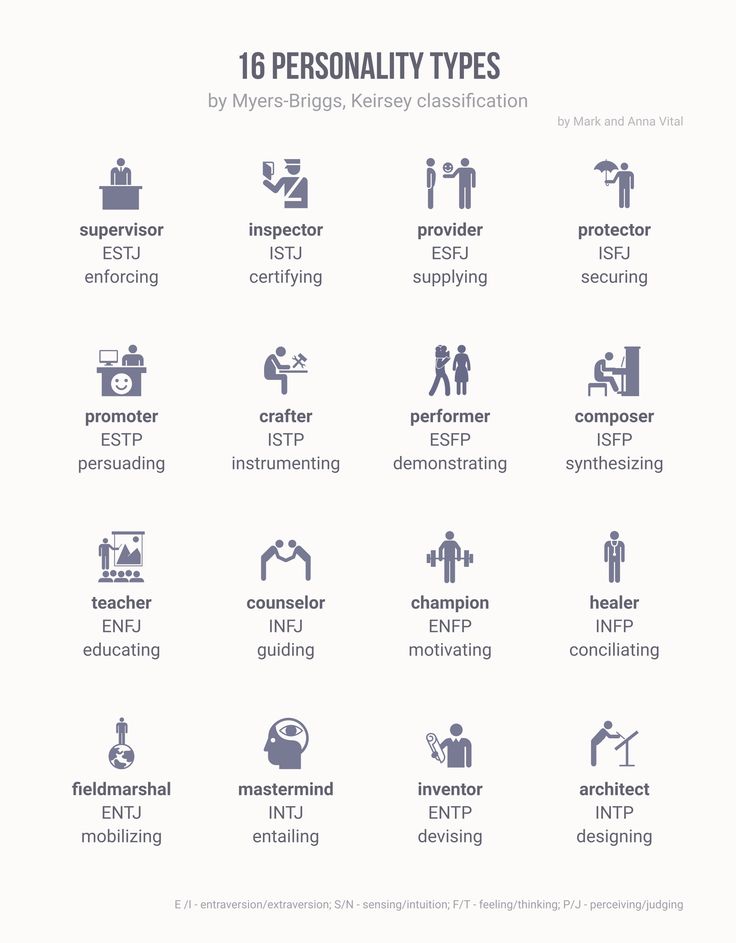 nine0005
nine0005
Table 2. Remuneration of employees with different types of motivation
| Type of motivation | Preferred form and payment details |
| Tool | Piece work, with a large share of the variable part of earnings, strictly dependent on the results achieved (primarily individual) |
| Professional | Time-based (salary, tariff), based on taking into account differences in the level of qualifications of employees or in the characteristics of the work (position) performed |
| Patriotic | With a not very large variable part of earnings, based on the employee's labor contribution to the overall results of the unit and the organization as a whole |
| Master's | Piecework or time-based payment based on the results of an individual or a team led by him (groups, brigades) |
| Avoidance | Time-based, with the dependence of wages on labor costs (taking into account overtime), plus bonuses based on the overall results of the unit and / or the entire enterprise |
Personnel formation
Knowledge of the structure of labor motivation allows not only to stimulate, but also to purposefully carry out the hiring, placement and intra-company movement of employees.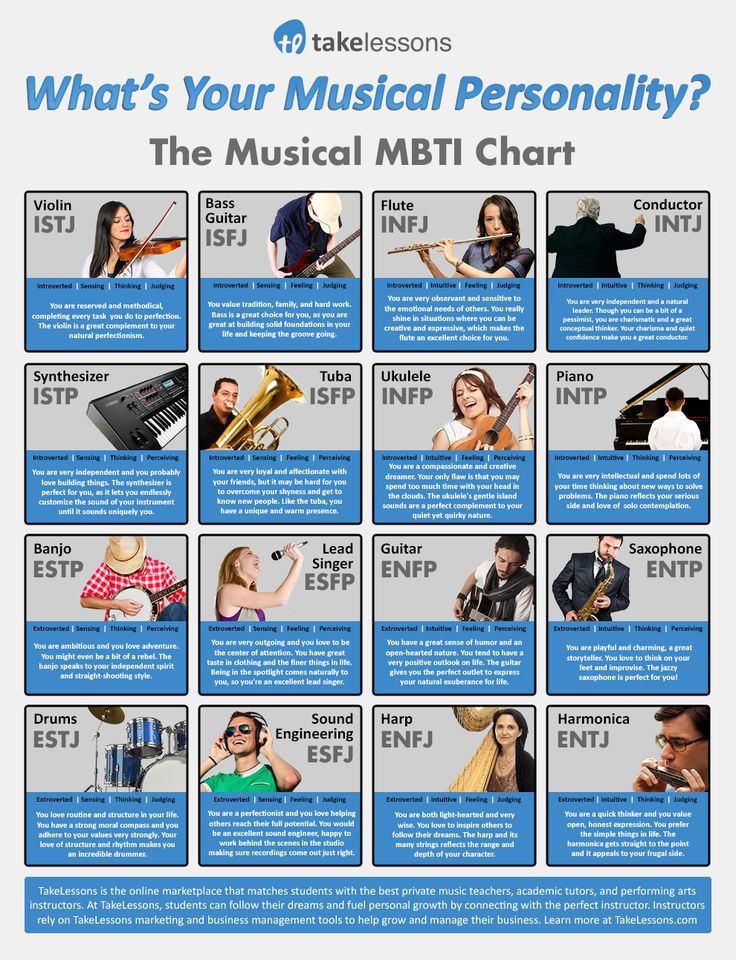 (see Table 3). The following recommendations are based on our own research and projects.
(see Table 3). The following recommendations are based on our own research and projects.
Table 3. Preferred types of motivation in the recruitment and placement of personnel
| Characteristics of the workplace (working conditions) | Type of motivation that determines labor productivity | Impact on performance |
| Managers and functional managers | ||
| nine0002 Teamwork, all decisions are consistent with management | patriotic | positive |
| Autonomous organization of work, you can only rely on yourself | negative | |
| Availability of a budget for a function or unit, independent management of funds within the budget | master's | positive |
| No budget, the use of resources is always agreed with the superior manager | negative | |
| The need to take active actions, to make decisions independently | nine0533 avoidant | negative |
| Decisions are dictated by the external environment, the worker's activity component is minimal | no effect | |
| Sales staff | ||
| Large variable part of earnings depends on quantifiable individual performance | instrumental | positive |
| Extremely autonomous organization of work | patriotic | negative |
| Any work that has an element of active sales | avoidant | negative |
| Predominantly passive processing of customer requests | no effect | |
| Working | ||
| Salary does not depend on the worker's efforts (e. | instrumental | negative |
| The job requires high qualifications, long-term special training and experience | professional | positive |
| Work planning is carried out by the head, most of the work is related to the fulfillment of tasks from the head nine0618 | patriotic | positive |
| Lack of monitoring and regular performance appraisal | master's | positive |
| Non-monotonous work that requires the employee to be active and independent nine0618 | avoidant | negative |
| High level of monotony, low work rates, outrageously low wages | no effect | |
According to our research, a company's gain in the correct selection and placement of personnel, taking into account motivation, is 20-25% of labor productivity.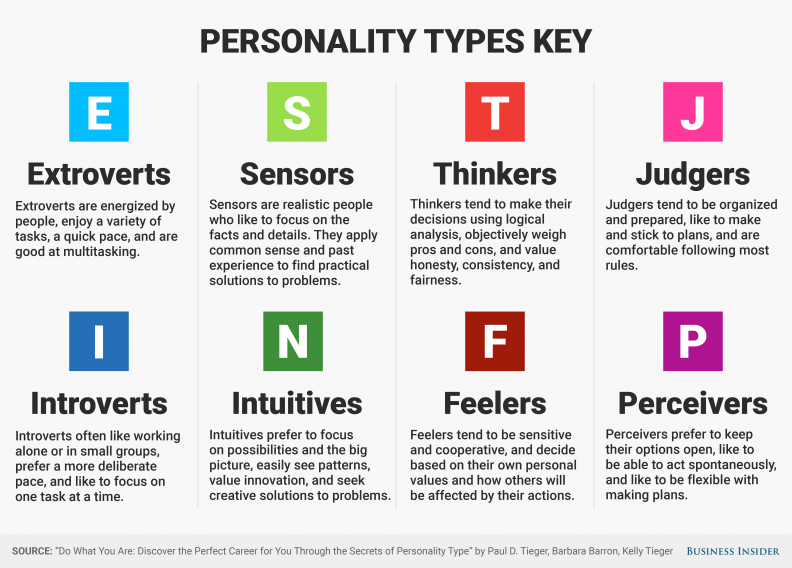 nine0005
nine0005
Labor organization
In the labor organization block, knowledge of the motivational structure of personnel helps to better solve three groups of issues:
1. Formation of work teams.
2. assessment of the probability and directions of restructuring "for themselves" jobs occupied by various employees of the company.
3. assessment of the probability of compliance with corporate rules of labor and performance discipline.
Table 4. Expected labor behavior of employees with different types of motivation
| Types of motivation | Expected work behavior | ||
| Functions | Initiative | Discipline | |
| Tool nine0618 | neutral | only with special incentives | medium |
| Professional | extension | high | medium, disrupted* |
| Patriotic | extension | high | high |
| Master's | striving for systemic completeness** | high within operation/function | medium nine0618 |
| Avoidance | reduction | missing | medium or low |
* An employee with a developed professional type of motivation is characterized by a desire for high quality results, including with possible damage to the timing of the work or to such characteristics that he considers not very important from a professional point of view.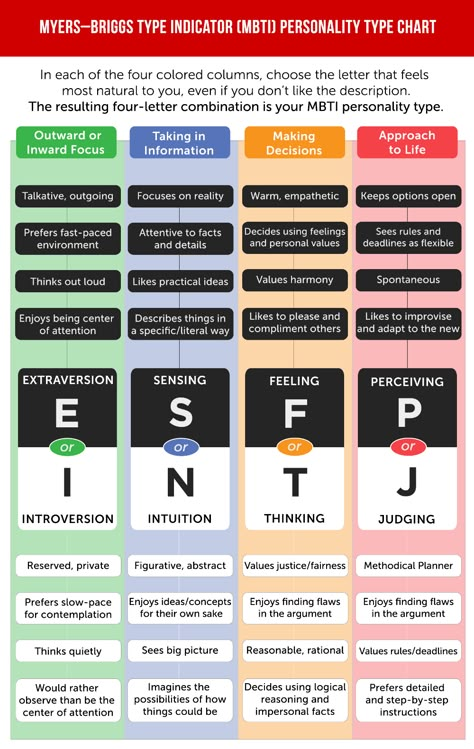 nine0504 ** An employee with a developed master type of motivation most often seeks to rearrange the set of functions performed in such a way as to reduce his dependence on the work of other people who are not subordinate to him to the maximum and obtain the desired freedom of action.
nine0504 ** An employee with a developed master type of motivation most often seeks to rearrange the set of functions performed in such a way as to reduce his dependence on the work of other people who are not subordinate to him to the maximum and obtain the desired freedom of action.
Training and development
In this block, knowledge of the motivational structure helps to better solve two groups of questions:
1. Evaluation of career orientations of various groups of personnel, development and organization of the implementation of individual career development plans in accordance with the personal intentions of employees and the goals of the company. nine0005
2. Selection of forms and types of training and advanced training of personnel
Table 5. Training and development of employees with different types of motivation
| Types of motivation | Career orientations | Attitude towards learning | |
| For the cause | For power | ||
| Tool | medium | medium | neutral or passive negative* |
| Professional | high nine0618 | missing | active, positive |
| Patriotic | low | low | positive |
| Master's | medium or high | low | neutral negative |
| Avoidance | missing | medium or high | active negative |
* An employee with a predominance of instrumental motivation most often does not want to spend time on training offered to him by the company's personnel service.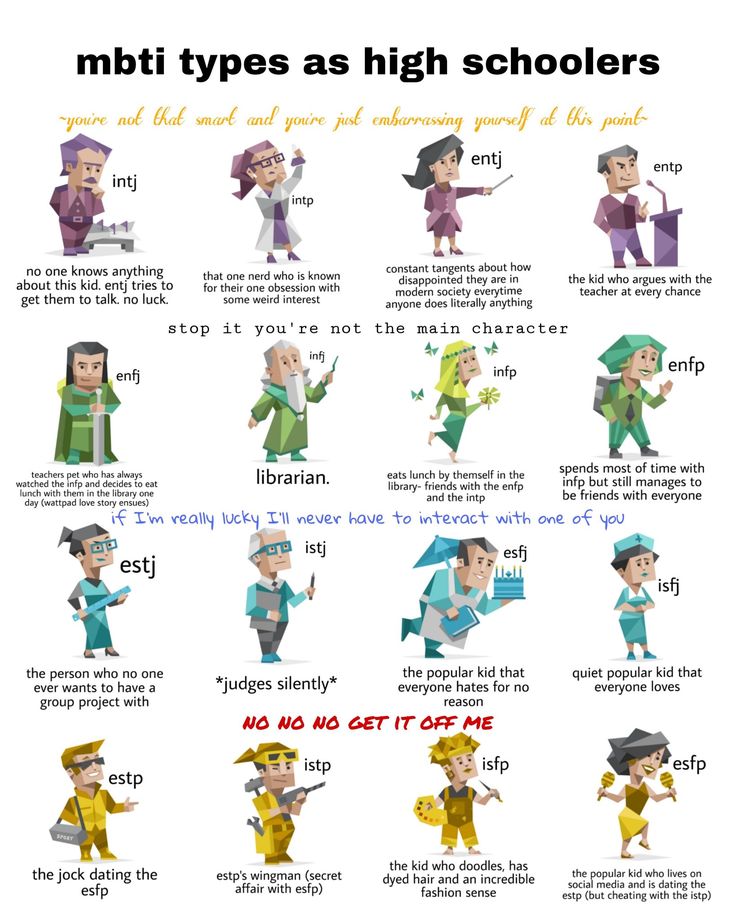 Here is a typical reasoning for such people: “I don’t have time for your studies - I need to earn money. And do not tempt me with the fact that after training my salary will increase - when else will this happen, and will it happen at all !? nine0005
Here is a typical reasoning for such people: “I don’t have time for your studies - I need to earn money. And do not tempt me with the fact that after training my salary will increase - when else will this happen, and will it happen at all !? nine0005
Communications
In the block of communications between the management of the company and the rest of the staff, knowledge of the peculiarities of labor motivation allows you to better highlight the problems of relationships in the team and leadership data of people who have not yet shown themselves in this regard.
Table 6. Expected leadership data and relationships with colleagues for employees with different types of motivation
| Types of motivation | Leader data | Relations with other employees |
| Tool | low, medium | neutral, strained* |
| Professional nine0618 | medium | friendly or neutral, rarely tense** |
| Patriotic | high, medium | good |
| Master's | high | neutral |
| Avoidance | extremely low | wonderful |
* Tension can be caused by envy of the high wages of such an employee and his completely justified reaction to such an attitude.
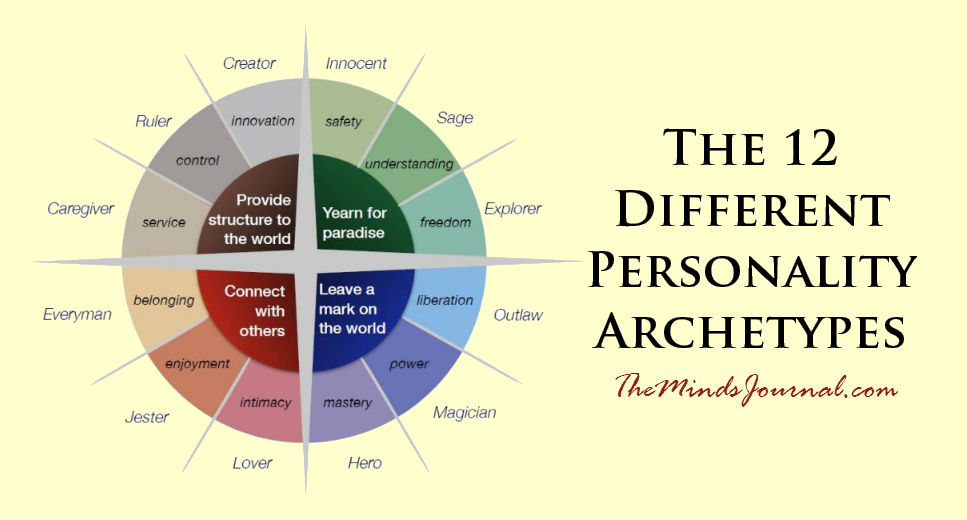 )
) 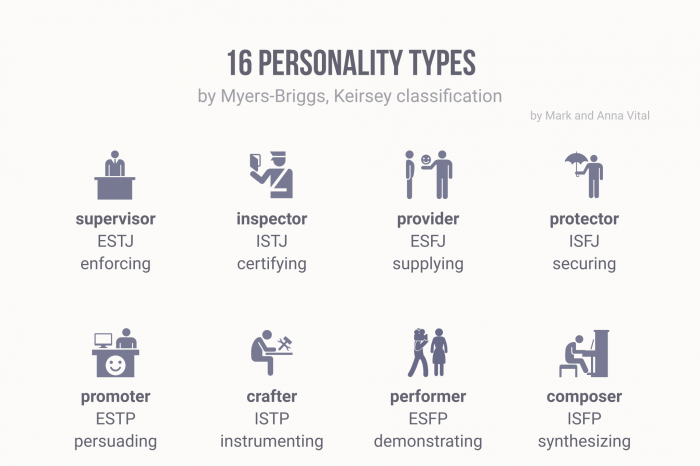 g. salary system)
g. salary system) 
